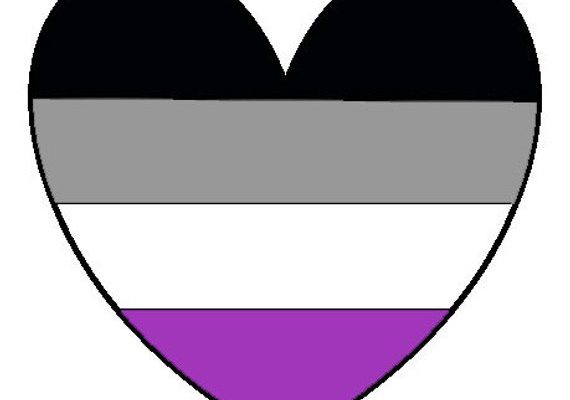
Asexuality has been a word that many people would probably have heard once in their life nowadays. It’s a particular word that has been repeated a lot in social media, films, and certain series. However, despite the growing representation of asexuality in multiple media, many people still don’t understand what asexuality is. What happens is that this tends to cause people to say that asexuality doesn’t exist—or even worse is that this also causes people to not accept themselves as being asexual. Not only does asexuality exist, but it is also a valid sexual orientation within the LGBTQIA+ community.
What does asexuality mean?
The old definition of asexuality (on an etymological and biological scale) means “having no sex or sexual system”’ however the definition of an asexual person is completely different. Being an asexual person means that they have little to no sexual attraction. It is not a choice (like celibacy) and it is also not a disorder. It’s simply just that… you don’t have sexual attraction.

Does that mean asexual people don’t have relationships?
Actually no. While there is little to no sexual attraction for asexual people, that doesn’t mean that they don’t experience other types of attraction. According to the Asexual Visibility Education Network, there are 4 types of attraction:
- “aesthetic (attraction to someone’s appearance without it being romantic or sexual)
- romantic (desire of being romantically involved with another person or holding strong romantic feelings towards another person)
- sensual (desire to have physical contact with someone else, like affectionate touching, cuddling, hugs, or kissing, that is not sexual or does not lead to sex)
- sexual (desire to have sexual contact with someone else or to share our sexuality with them— does not need to be based on appearance and can also develop gradually over time)”.
This means that just because an asexual person doesn’t experience sexual attraction, that doesn’t mean that they don’t experience other kinds of attraction.
Asexuality is an entire spectrum in and of itself. There are people who do not experience any kind of romantic attraction (aromantic) and there are people who don’t really care who they’re romantically attracted to (bi-romantic/ pan-romantic). At the end of the day, there’s no limit to who an asexual person can or can’t be with (whether it be just themselves or with another person). Romantically attracted asexual people also can be in relationships with other aces (asexuals) or with people who are sexual.

Does that mean asexual people don’t have sex?
Actually, that is really far from the case. Asexuality is a broad spectrum. Some asexuals rather enjoy having sex while others will have sex just for their partner, while others are absolutely repulsed by the idea of sex altogether. What’s really important is to see what kinds of boundaries and limits your partner has. Like all relationships, communication is key. There are many ways that asexual people have made compromises to their sexual partners—it all depends on what kinds of boundaries all parties have.
If you would like more information on asexuality, check out AVEN (Asexual Visiblity Education Network). They have a lot of information on asexuality overall. Also check out our other posts like: What to do When you Have an Asexual Partner and Dear Asexual, You are NOT Broken.
References:
Etymological Definition of Asexuality: https://www.etymonline.com/word/asexual
The Asexual Visibility Education Network: https://www.asexuality.org/



